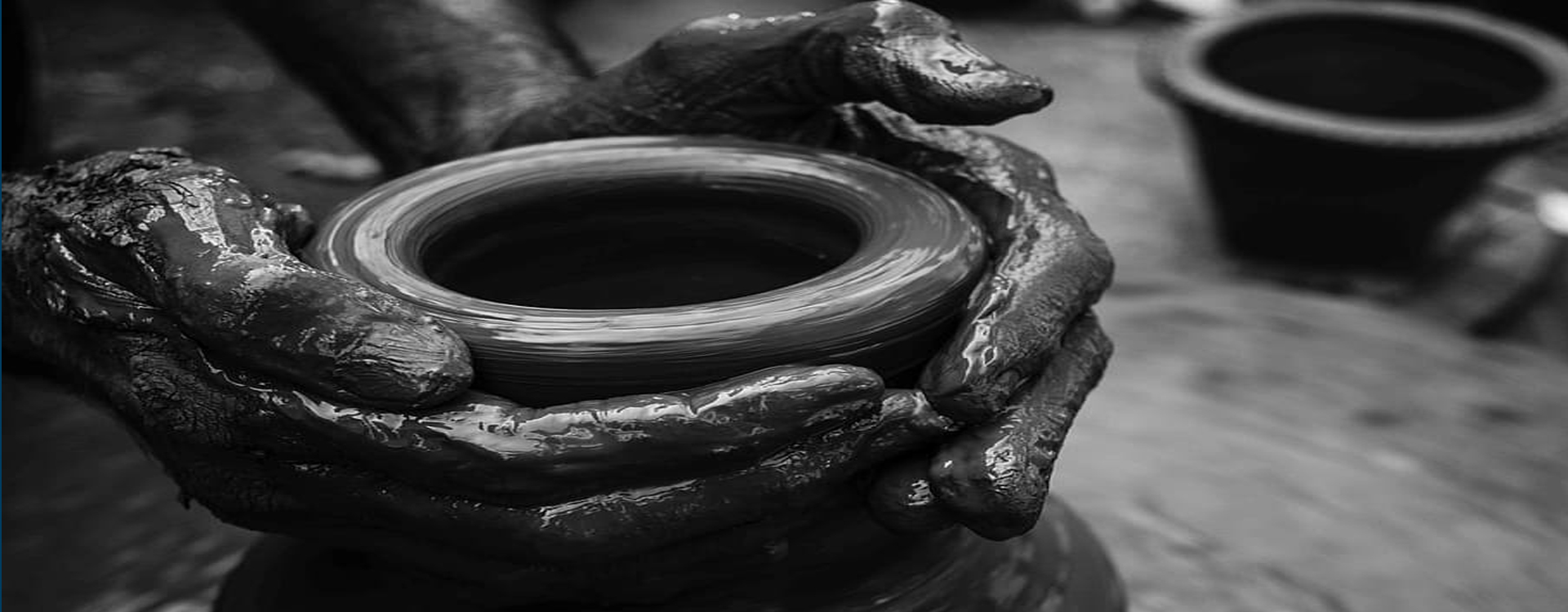Seminar Details
Luminescent materials based on oxides and borates, such as Yttrium Aluminium Garnet (YAG) and yttrium borate (YBO3), are indispensable for advanced applications due to their robust chemical stability and high luminescence efficiency. Ce-doped YAG emits yellow light, essential for enhancing white LED technology. YBO3 is renowned for its UV absorption capability and thermal and chemical stability, making it highly suitable for demanding environments. Cerium-doped YBO3 phosphors emit blue light and offer high tunability for applications spanning LEDs, flat displays, and optoelectronic devices. The synergistic combination of these materials optimizes color emission properties, significantly enhancing their versatility across a wide range of luminescent applications. This study focuses on advancing Ce-based luminescent materials through innovative synthesis methods, particularly using dual precipitating reagents i.e., sodium borohydride for boron content and ammonia solution for hydroxide. These reagents enable precise control over composition and phase formation, which is crucial for developing advanced luminescent materials tailored for applications in lighting and displays. Depending on calcination temperatures, distinct phases were produced: blue-emitting borates, mixed borate-oxides emitting blue, and near-white and yellow-green-emitting oxides. This versatility allows us to produce tunable color-emitting materials, including white emission, which is essential for achieving high-quality lighting and display functionalities. Based on this concept, this research is focused on developing phase and evaluating the photoluminescence behavior of dual precipitating reagents-assisted borate, mixed borate-oxide, and oxide-based luminescent materials by varying boron-containing precipitants, cerium content, and calcination temperatures. Several characterizations were carried out using these calcined powders, including XRD, FTIR, FESEM, Raman spectra, photoluminescence spectra, CIE coordinates [The Commission International de I&rsquoEclairage (CIE) 1931, CCT, lifetime analysis, electroluminescence, and quantum yield. Different phase formation due to dual precipitating reagents and the development of various phases by varying sodium borohydride and exploring the emission behavior of these samples may be potential materials for various applications, including white light.


